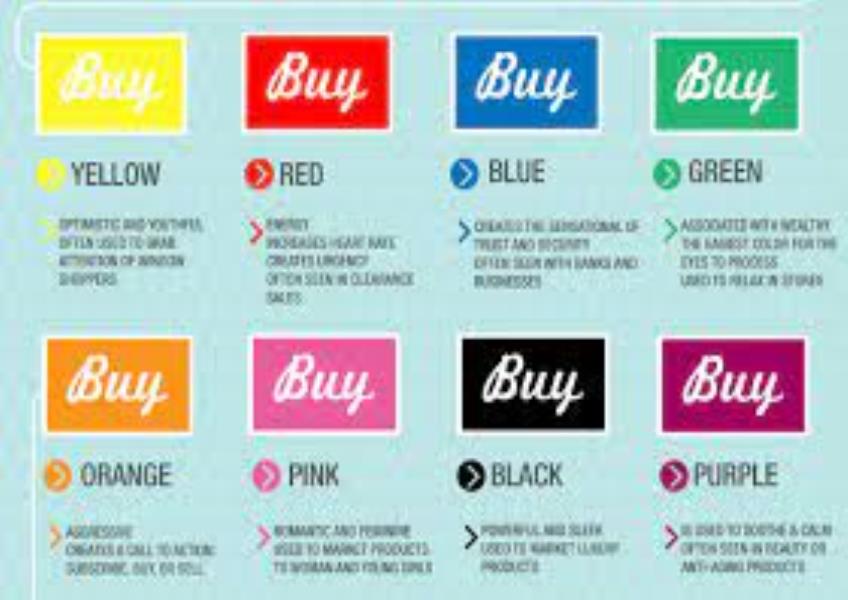Get the latest updates From BL Soni College Bhilwara

What is the role of graphic design in creating packaging designs?
Graphic design plays a crucial role in creating packaging designs that not only protect and contain products but also attract and engage consumers. Packaging design is a powerful tool for branding, marketing, and conveying information. Here's an overview of the role of graphic design in packaging: Branding and Identity: Packaging is often the first point of contact between a product and a consumer. Graphic design helps establish and reinforce the brand's identity through the use of logos, colors, typography, and visual elements consistent with the brand's guidelines. Attracting Attention: Eye-catching packaging design grabs the consumer's attention in a crowded marketplace. Bold colors, unique shapes, and compelling imagery can make a product stand out on the shelf. Informing and Communicating: Graphic design communicates essential information about the product, including its name, features, benefits, usage instructions, ingredients, and nutritional facts. Effective typography and layout ensure this information is clear and legible. Visual Hierarchy: Graphic designers establish a visual hierarchy on packaging to guide the consumer's eye to the most important information, such as the product name and key selling points. Creating Emotion and Connection: Packaging design can evoke emotions and create a connection between the consumer and the product. Colors, imagery, and messaging can convey feelings of excitement, trust, nostalgia, or luxury, depending on the brand and product. Differentiation and Shelf Impact: In a competitive market, graphic design helps differentiate one product from another. Unique packaging designs capture consumer interest and encourage them to pick up the product for closer inspection. Consistency Across Product Line: Graphic design ensures that packaging maintains consistency across a brand's product line. This consistency helps consumers identify and trust products from the same brand. Legibility and Accessibility: Packaging designers prioritize legibility and accessibility by selecting appropriate fonts, font sizes, and color contrasts to make text and information accessible to all consumers, including those with visual impairments. Material Selection: Graphic designers often collaborate with packaging engineers to choose materials and printing methods that enhance the visual appeal of the design and ensure durability during transport and storage. Environmental Considerations: Responsible packaging design takes into account environmental considerations. Graphic designers may incorporate eco-friendly symbols and messaging to highlight sustainable practices. Safety and Compliance: Graphic designers must adhere to legal requirements and regulations, ensuring that packaging includes necessary safety warnings, nutritional labels, and product information. Testing and Prototyping: Packaging designers often create prototypes to test the design's functionality, aesthetics, and ergonomics in real-world conditions. Consumer Experience: Packaging design can enhance the overall consumer experience. Elements like easy-to-open seals, ergonomic shapes, and thoughtful design details contribute to a positive interaction with the product. Global Appeal: If a product is marketed internationally, graphic design takes into consideration cultural sensitivities and preferences to ensure that the packaging design is relevant and appealing in diverse markets. Seasonal and Limited-Edition Packaging: Graphic designers create special packaging for holidays, seasons, or limited-edition releases, often using creative themes and variations of the standard design to entice consumers. In summary, graphic design in packaging is a multifaceted discipline that blends creativity, branding, information communication, and consumer psychology. It plays a pivotal role in creating packaging designs that not only protect products but also engage and connect with consumers, contributing to the overall success of a product in the marketplace.


